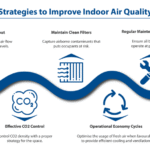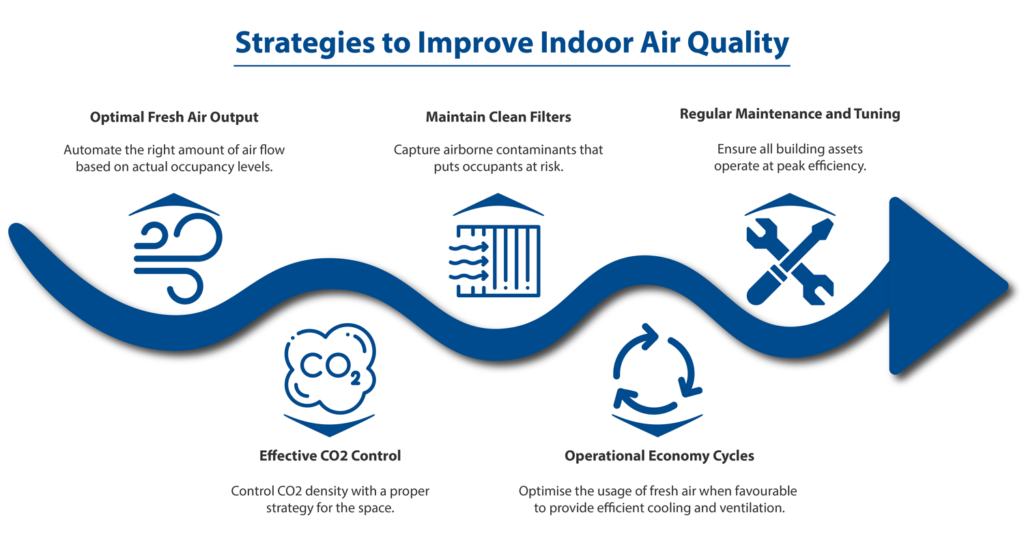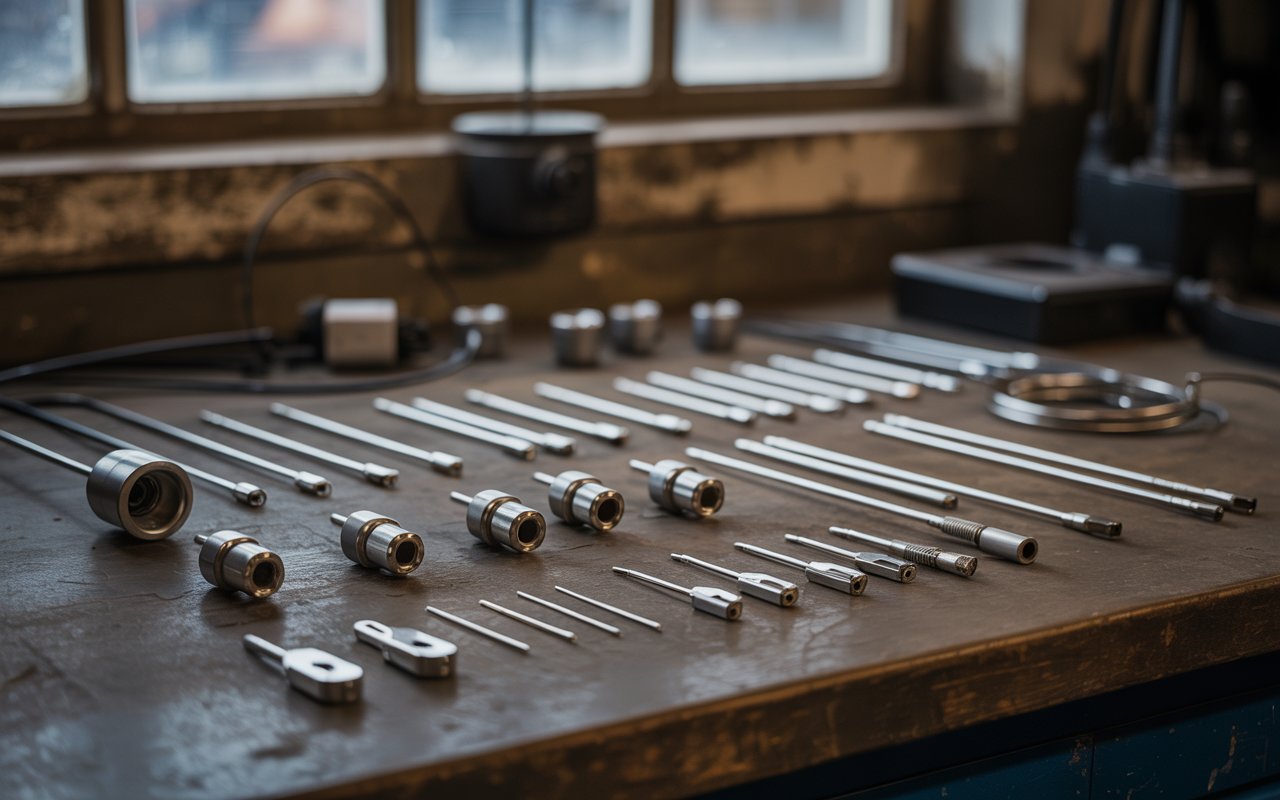Harnessing Bird Beak Mechanics for Adaptive Spacecraft Materials
Building upon the intriguing question How Bird Beak Mechanics Can Revolutionize Spacecraft Design, this article explores how the intricate mechanics of avian beaks can inspire the development of next-generation adaptive materials for spacecraft. Recent advances in biomimicry have demonstrated that the complexity and dynamism of bird beak structures offer valuable insights for engineering resilient, versatile, and environmentally responsive spacecraft components. This deep dive reveals how understanding biological microstructures and their evolution can transform aerospace material science, enabling spacecraft capable of adapting to the harsh and unpredictable space environment.
1. Introduction: Expanding the Scope of Bird Beak Mechanics in Spacecraft Materials
Recent breakthroughs in biomimetic materials draw inspiration from the remarkable versatility of bird beaks. These structures are not merely feeding tools but are complex, multi-layered systems that provide strength, flexibility, and resilience—traits highly desirable in spacecraft design. As space missions extend in duration and complexity, the need for materials that can self-adapt and withstand environmental stressors becomes critical. Connecting these biological insights to emerging innovations in material science opens new horizons for creating spacecraft capable of responding dynamically to temperature fluctuations, radiation exposure, and mechanical stresses.
The parent theme emphasizes how bird beak mechanics can revolutionize spacecraft design; this article develops that foundation by examining specific biological features and translating them into practical engineering solutions. The goal is to explore how the structural and functional complexity of bird beaks can inform the creation of adaptive, multifunctional spacecraft materials.
2. The Structural Complexity of Bird Beaks and Its Application to Spacecraft Materials
Bird beaks showcase a hierarchical architecture composed of multiple layers, each serving distinct functions. The outer keratin sheath offers durability and resistance to wear, while the underlying bone provides structural support. Between these layers, specialized microstructures—such as sponge-like spongy tissue and layered collagen fibers—contribute to shock absorption and flexibility. This multi-scale organization allows beaks to endure repeated mechanical stress during feeding, cracking hard shells, or probing for food, all while maintaining lightweight resilience.
Translating this biological complexity into engineered materials involves designing multi-layered composites that emulate natural hierarchies. For example, integrating tough, protective outer shells with internal microstructures that enable energy dissipation can produce spacecraft hulls capable of resisting micro-meteoroid impacts while maintaining flexibility. Advanced manufacturing techniques like additive manufacturing enable the realization of such hierarchical microstructures, opening pathways for highly resilient, adaptive materials.
Application Example
| Biological Structure | Engineered Material Application |
|---|---|
| Multi-layered keratin and bone | Multi-layered composite with outer tough shell and inner shock-absorbing microstructure |
| Hierarchical fiber arrangements | Fiber-reinforced microstructures for enhanced flexibility and resilience |
3. Dynamic Material Properties Inspired by Beak Mechanics
Bird beaks exhibit remarkable dynamic properties, such as self-healing and damage tolerance. When microcracks occur due to repetitive stress, biological tissues can initiate repair processes—mobilizing cellular mechanisms to restore integrity. Mimicking this, researchers develop materials embedded with microcapsules containing repair agents that activate upon damage, enabling spacecraft components to autonomously heal microfractures caused by space debris or thermal cycling.
Variable stiffness and shape-shifting capabilities are another key feature. Beaks can adapt their rigidity depending on functional demands—becoming stiffer during forceful probing and more flexible during delicate manipulation. Materials such as shape-memory alloys and polymers that respond to thermal or electrical stimuli are now being engineered to replicate these behaviors, allowing spacecraft parts to alter their stiffness or shape in orbit, optimizing performance and reducing mechanical complexity.
Developing Adaptive Spacecraft Components
- Self-healing coatings: Incorporating microcapsules of healing agents into spacecraft paint or structural layers to repair microcracks autonomously.
- Shape-shifting panels: Using shape-memory alloys or polymers to reconfigure surface geometry for thermal regulation or aerodynamic control.
- Damage-tolerant microstructures: Designing internal architectures that can redistribute stress, preventing catastrophic failure.
4. Environmental Adaptation: From Bird Beaks to Spacecraft Surface Technology
Bird beak adaptations for different ecological niches demonstrate their capacity to respond to environmental variables. Some species develop beak morphologies suited for cracking hard seeds, while others favor delicate probing or slicing. This ecological versatility stems from structural modifications that optimize interaction with specific environments.
Applying this principle, spacecraft surfaces can be engineered with adaptive features that respond to space environment variables. For example, thermal regulation surfaces could change texture or reflectivity based on temperature fluctuations, mimicking how some birds adjust their beak or plumage. Radiation-shielding materials can incorporate microstructures that expand or contract to modulate protection levels, optimizing energy efficiency and system longevity.
Biomimetic Surface Features
- Variable reflectivity coatings: Surfaces that alter their optical properties in response to temperature, reducing thermal stress.
- Self-cleaning and anti-icing layers: Inspired by bird feathers and beak surfaces that resist dirt and ice accumulation, maintaining optimal functionality.
- Radiation-responsive microstructures: Materials that expand or contract to adjust shielding based on radiation levels.
5. Energy Efficiency and Resource Optimization Through Beak Mechanics
Bird beaks excel at energy-efficient manipulation, with structures optimized for minimal resource expenditure during feeding and handling. Their microstructures facilitate force transmission and precise movements while conserving metabolic energy. Translating this into spacecraft systems involves designing materials that adapt their properties to operational needs, reducing energy consumption.
For instance, adaptive materials that stiffen under load can decrease the need for active mechanical actuators, saving power. Similarly, surfaces that change reflectivity or emissivity can regulate thermal loads passively, reducing reliance on energy-intensive cooling or heating systems. These biomimetic strategies lead to spacecraft that operate more sustainably, especially critical during deep-space missions where resources are limited.
Implementation Strategies
- Smart coatings: Materials that alter thermal or optical properties based on environmental stimuli.
- Variable stiffness composites: Structures that respond to load conditions, reducing energy spent on active control.
- Resource-efficient microstructures: Microarchitectures that optimize force transmission and energy use.
6. Non-Obvious Insights: The Role of Microstructure and Material Evolution in Beak Mechanics
Beyond macrostructural features, the microstructure of bird beaks plays a vital role in their adaptability. Microstructural arrangements of collagen fibers, mineral deposits, and cellular tissues enable rapid response to environmental stressors. These microfeatures facilitate not only mechanical strength but also biological repair and micro-adjustments, ensuring longevity and functionality.
From an engineering perspective, incorporating programmable microstructures into materials allows for dynamic behavior. Techniques such as additive manufacturing with nanoscale control enable the creation of microarchitectures that respond to stimuli—changing stiffness, shape, or healing capacity on command. This approach offers a pathway to highly adaptable materials suitable for space applications where conditions are highly variable.
Engineering Microstructures
- Programmable nanoscale features: Enabling microstructural changes in response to stimuli such as heat, light, or electric fields.
- Bio-inspired microarchitectures: Designing internal microstructures that mimic the resilience and adaptability of bird beaks.
- Evolutionary algorithms: Using computational models to optimize microstructure layouts for specific environmental challenges.
“Microstructure engineering bridges the gap between biological resilience and technological innovation, unlocking new possibilities for adaptive space materials.”
7. Challenges and Future Directions in Biomimetic Material Development
While the potential of biomimetic materials inspired by bird beaks is immense, significant challenges remain. Manufacturing complex hierarchical microstructures at scale requires advanced techniques such as nano-fabrication and additive manufacturing, which are still evolving. Ensuring long-term durability and resistance to space radiation, extreme temperatures, and micro-meteoroid impacts is critical for mission success.
Interdisciplinary approaches are essential, combining biology’s insights on microstructural adaptation with cutting-edge materials science and aerospace engineering. Developing predictive models and simulation tools can accelerate the design process, enabling the creation of materials that self-adapt and self-repair over extended periods.
Future Research Directions
- Scalable manufacturing: Innovating techniques to produce complex biomimetic microstructures at industrial scales.
- Enhanced durability: Developing materials with resistance to space-specific stressors.
- Integrated sensing and actuation: Embedding micro-sensors within materials for real-time environmental response.
8. Bridging Back to the Parent Theme: How Insights from Bird Beak Mechanics Can Drive Future Spacecraft Design
In conclusion, the detailed understanding of bird beak mechanics offers a rich source of inspiration for developing adaptive, resilient spacecraft materials. By examining the microstructural features, hierarchical architectures, and dynamic properties of bird beaks, engineers can create systems that respond intelligently to environmental challenges, much like their avian counterparts.
The evolution of biomimetic materials—integrating self-healing, shape-shifting, and environmental responsiveness—represents a paradigm shift in spacecraft design. As research progresses, these bio-inspired innovations will enable future missions to operate more sustainably, with spacecraft capable of adapting in real-time to the unpredictable conditions of space.
Understanding natural adaptation mechanisms is crucial for pushing the boundaries of aerospace engineering, ensuring that next-generation spacecraft are not only durable but also capable of dynamic environmental interaction. This synergy between biology and technology underscores the transformative potential of biomimicry in space exploration.










